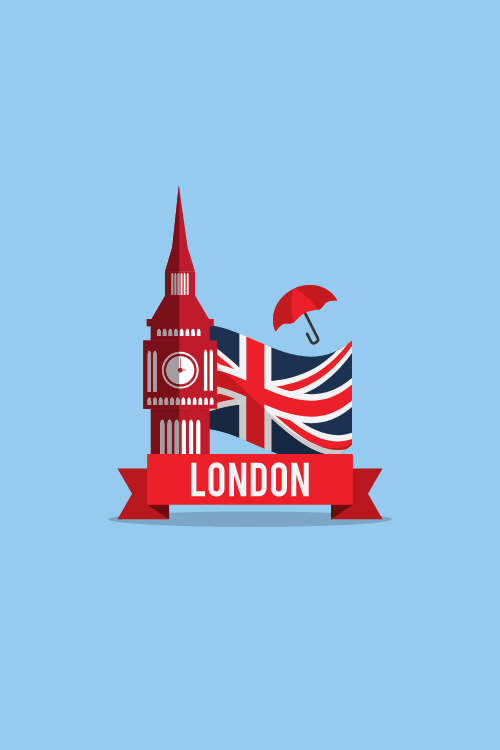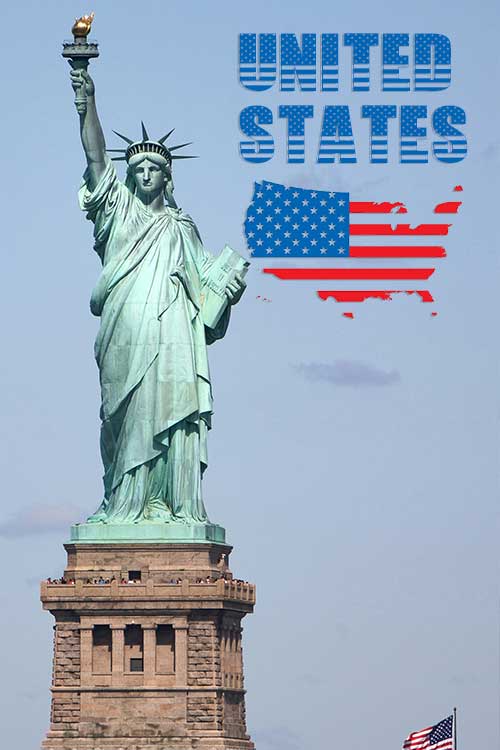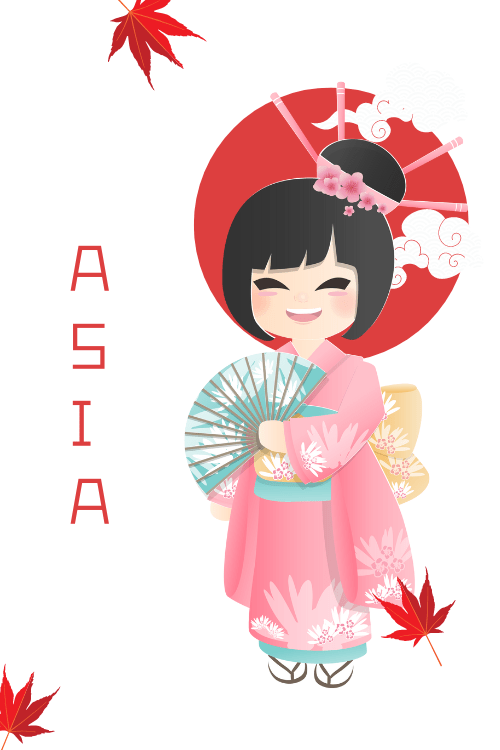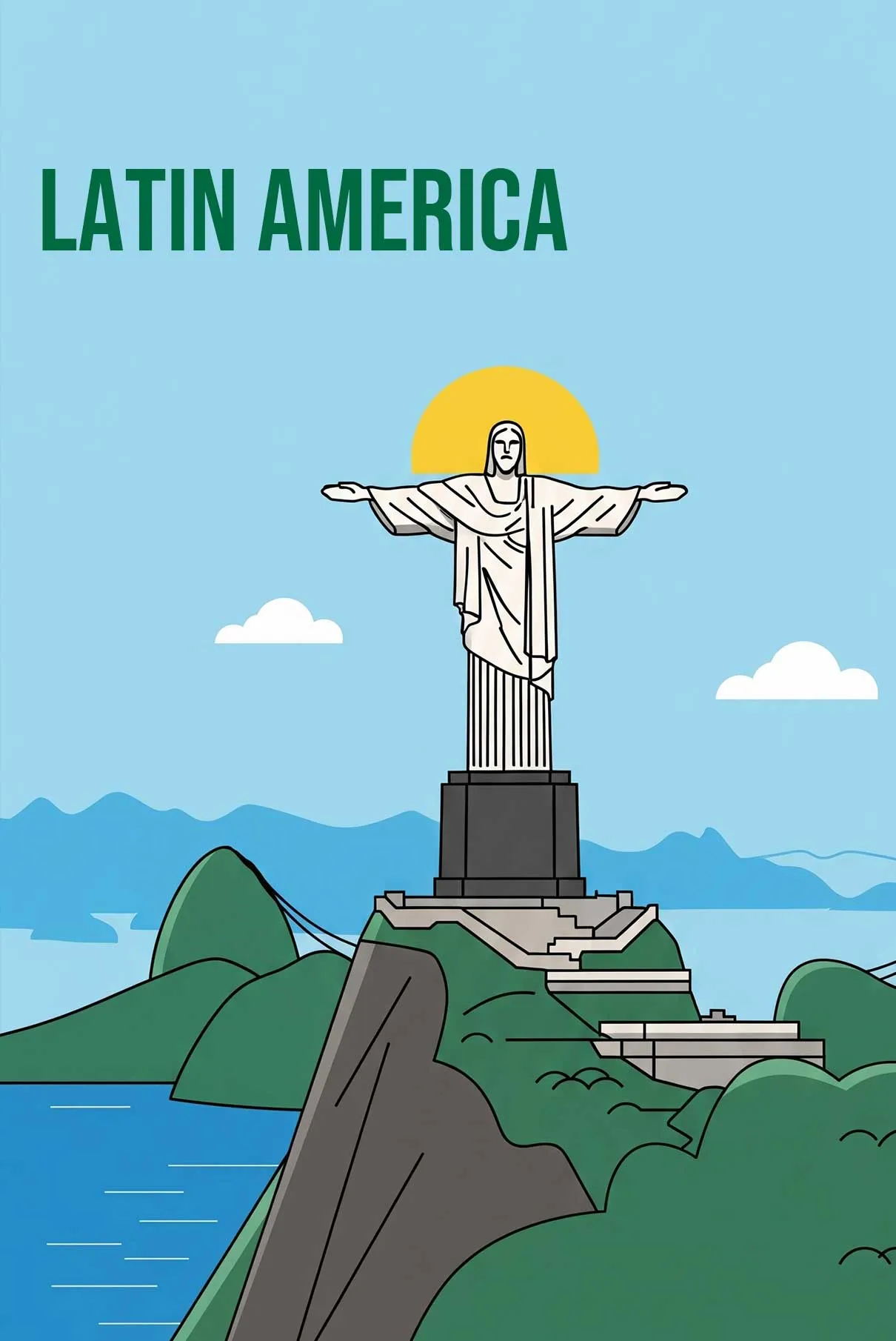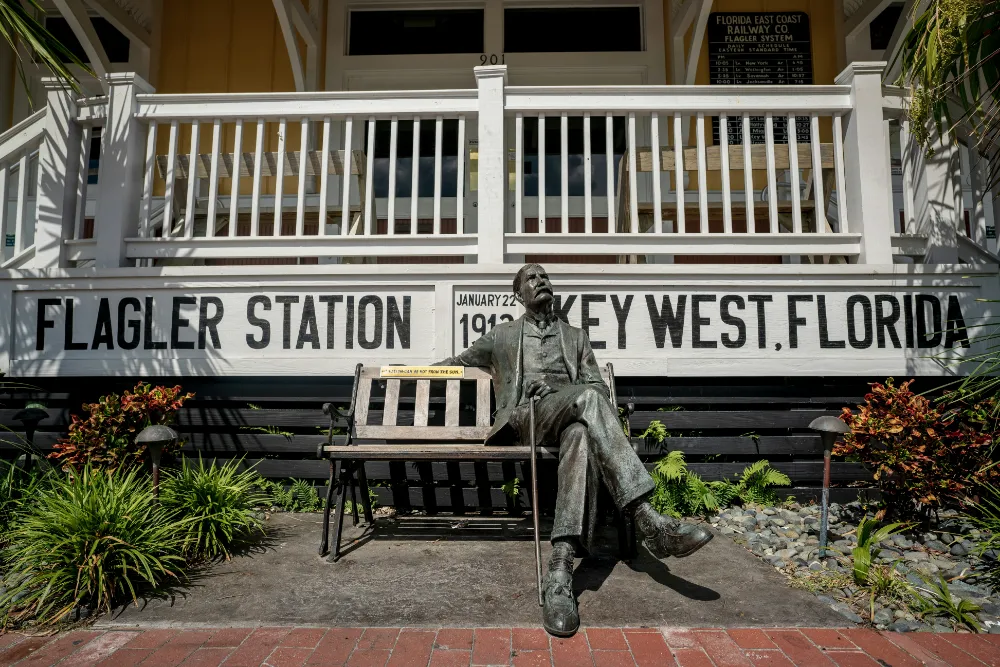eSIM USA
The Best Time to Visit Key West for Perfect Weather & Deals
Key West, the southernmost point in the continental United States, offers a tropical paradise experience year-round.
However, knowing the best time to visit Key West can make all the difference in your Florida Keys adventure.
Whether you’re seeking pristine beach conditions, want to avoid hurricane season, or hope to score great hotel rates, this comprehensive guide breaks down the ideal time to visit Key West based on your travel priorities.
The Best Overall Time to Visit Key West: Dry Season (Dec-Apr)
Popular Times To Visit: Optimal Weather Conditions
The dry season in Key West delivers what most travelers dream of: consistently beautiful weather.
From December through April, you can expect mild temperatures in the mid-70s to low 80s °F (24–28°C), significantly reduced humidity, and minimal rainfall.
This creates the perfect climate for exploring Old Town on foot, spending long days at the beach, or taking a sunset sailing excursion.
During these months, the skies remain predominantly clear, making it the ideal period for outdoor activities.
The water visibility is excellent for those who want to snorkel or dive around the coral reefs that surround the island.
This great weather window is why the dry season is widely considered the best time to go to Key West.
Peak Season Realities
The exceptional weather conditions during the dry season make this the most popular time to visit Key West, which brings some notable drawbacks. As the busiest period of the year to visit, you’ll encounter larger crowds at attractions, restaurants, and beaches.
Hotel rates reach their peak during these months, often doubling or even tripling compared to the off-season prices. Popular accommodations in Old Town can book up months in advance, especially around holidays and weekends. If you’re planning to visit during this time, securing your reservations early is essential to avoid disappointment or an unexpected price tag.
Ideal for First-Time Visitors
Despite the higher costs and crowds, the dry season remains the best recommendation for first-time visitors to Key West. The reliable weather eliminates the risk of having your vacation derailed by storms or persistent rain. This period showcases Key West’s charm at its finest, with perfect conditions for enjoying the island’s famous key lime pie, exploring Hemingway’s home, or simply relaxing on the beach.
For those looking to escape the cold winter weather in northern states, Key West provides a warm, tropical getaway during these months, with many “snowbirds” making their annual migration to enjoy the island’s pleasant climate.
Breaking Down the Dry Season: Winter vs. Early Spring
Winter Escape (Dec-Feb)
December through February represents the heart of the dry season and the absolute driest time of the year to visit Key West. Average high temperatures hover between 75–77°F (24–25°C), providing comfortable conditions for sightseeing and outdoor activities without the oppressive heat of summer.
The winter months feature several notable events, including the Key West Holiday Parade and Lighted Boat Parade in December, and the Key West Literary Seminar in January. New Year’s Eve in Key West is particularly spectacular, with multiple countdown celebrations including the famous conch shell drop at Sloppy Joe’s Bar.
While winter brings the coolest temperatures of the year to Key West, these are still mild compared to most of the continental US, making it a perfect winter escape. Ocean temperatures remain comfortable enough for swimming, though some visitors might find them slightly cool compared to summer months.
Early Spring Perfection (Mar-Apr)
As winter transitions to spring, Key West experiences some of its most glorious weather. March brings warmer temperatures while maintaining the low humidity that makes the dry season so appealing. April and May offer ideal conditions for water sports enthusiasts, with water temperatures warming up significantly.
Spring also hosts several major events, including the Conch Republic Independence Celebration in late April, commemorating Key West’s symbolic “secession” from the United States in 1982. This 10-day festival features parades, parties, and various lighthearted events that showcase the island’s quirky character.
March can bring spring break crowds to Key West, though the island generally attracts a more mature audience than other Florida destinations. If you’re seeking a quieter experience, planning your visit for mid-April to early May might be preferable as the crowds thin but before the rainy season begins in earnest.
Stop Overpaying in Roaming Fees (Or Wasting Time Hunting for Local SIM Cards)
Overseas travel often means choosing between outrageous roaming charges or scrambling for local SIM cards the moment you land.
One drains your budget. The other steals time away from your holiday.
Smart travelers are now switching over to eSIMs.
eSIMs give you data at a fraction of the cost of what your telco charges for roaming and most modern phones have eSIM technology set up – (although you’ll need to check your phone’s compatibility here).
How eSIM4.com Works:
- Step 1: Pick your destination and data plan
- Step 2: Scan our QR code (takes 3 minutes)
- Step 3: Land overseas with instant local network access
No queues. No tiny plastic cards. No bill shock.
Just seamless, affordable data from the moment you land.
Stop letting phone companies raid your travel budget. Join the smart travelers who’ve already switched.
Get Your eSIM NowThe Value of the Shoulder Seasons: May and November
Favorable Balance of Factors
The shoulder season months of May and November offer an excellent tradeoff for travelers. During these transitional periods, you’ll find significantly fewer tourists, lower rates for accommodations, and weather that remains quite favorable despite being on the edge of the wet season.
Hotel prices can drop by 30-40% compared to peak season, while restaurants are less crowded, often making it easier to secure reservations at popular establishments. For travelers seeking a balance between good conditions and value, these months represent some of the best months to visit Key West.
Understanding the Weather Risk
May and November bookend the official hurricane season, which runs from June through November. While these months carry a slightly elevated risk of storms compared to the dry season, they typically offer plenty of sunshine with only occasional showers.
November generally marks the end of hurricane season, with decreasing rainfall and humidity levels. The weather becomes progressively more stable as the month advances, making late November particularly attractive for those looking to enjoy Key West without the peak season crowds and prices.
May, on the other hand, sees gradually increasing humidity and occasional afternoon thunderstorms as it progresses, but these are typically brief and followed by clear skies. Early May remains quite similar to April in terms of weather conditions.
Prime Time for Water Activities
Both May and November feature excellent ocean conditions, with water temperatures averaging around 80°F (27°C), creating perfect conditions to snorkel or dive. The slightly warmer waters in May make it particularly good for extended water activities.
For fishing enthusiasts, November marks the start of the kingfish run, while May offers excellent opportunities for tarpon. With fewer boats on the water during these shoulder months, charter availability improves and the experience becomes more peaceful.
Navigating the Wet & Hurricane Season (Jun-Nov)
Low Season Advantages (Jun-Aug)
The summer months constitute the low season in Key West, bringing the most affordable rates of the year. Hotel rooms that might cost $400+ per night during peak season can often be found for under $200, representing significant savings for budget-conscious travelers.
The crowds thin dramatically during these months, giving visitors a more authentic experience of the island. Restaurants are easier to get into, attractions have shorter lines, and beaches feel less crowded. Many locals consider summer the best time to enjoy their island without the tourist influx.
Some travelers specifically seek out the quieter atmosphere of the summer months, finding that the reduced crowds more than compensate for the weather challenges. If you’re flexible with your daily schedule and don’t mind occasional rain, the value offered during this period is unmatched.
Weather Challenges
Summer in Key West brings temperatures in the upper 80s to 90s °F (31–32°C) with significantly higher humidity than the dry season. The heat index regularly exceeds 100°F (38°C), making outdoor activities during midday potentially uncomfortable.
June through September represents the rainiest period, with brief but intense afternoon thunderstorms common. While these showers typically pass quickly, they can interrupt beach time or outdoor excursions. September is statistically the wettest month, receiving about 6.5 inches of rainfall on average.
Another summer consideration is the potential for sargassum seaweed washing up on beaches. This natural phenomenon varies year to year but can impact swimming conditions at some beaches during the summer months.
Hurricane Season Considerations
The Atlantic hurricane season officially runs from June 1st to November 30th, with the highest risk period typically falling between mid-August and mid-October. September and October historically see the most tropical storm activity affecting the Florida Keys.
While direct hits from major hurricanes are relatively rare, even the threat of a storm can disrupt travel plans with evacuations sometimes ordered for the Keys. Purchasing comprehensive travel insurance with hurricane coverage is highly recommended for trips during this period.
The silver lining is that modern forecasting typically provides several days’ notice of potential storms, allowing travelers to adjust plans if necessary. Many hotels offer hurricane guarantees during this season, providing refunds or rescheduling options if a named storm impacts your stay.
Planning Your Trip by Priority and Activity
For the Budget Traveler
If minimizing costs is your primary concern, targeting the summer low season (June-August) will yield the deepest discounts. During these months, you’ll find significantly lower rates on accommodations, reduced prices on excursions, and many restaurants offering summer specials to attract business.
To make the most of a summer visit, plan outdoor activities for mornings when temperatures are more moderate, and have indoor alternatives ready for afternoon thunderstorms. Many museums and attractions offer air-conditioned refuge from the heat, including the Ernest Hemingway Home, the Key West Aquarium, and the Custom House Museum.
Keep in mind that while September and October offer the absolute lowest prices of the year, they also present the highest hurricane risk, potentially making these months a bad time to visit if you have inflexible travel dates.
For the Festival-Goer
Key West hosts world-class events throughout the year, with many visitors planning their trips specifically around these celebrations. Fantasy Fest in October transforms the island into a 10-day costume party culminating in a spectacular parade. Despite falling during hurricane season, this event draws massive crowds and requires booking accommodations up to a year in advance.
Hemingway Days in July celebrates the literary legend with events including a look-alike contest, a fishing tournament, and literary readings. The Key West Pride celebration in June offers a week of festivities celebrating the island’s inclusive spirit. The Key West Food and Wine Festival in January showcases the island’s culinary talents during perfect weather conditions.
For lobster enthusiasts, Lobsterfest in August celebrates the opening of Florida’s spiny lobster season with food events and cooking demonstrations. If you’re planning your visit around any of these major events, securing accommodations early is essential, as room rates typically increase and availability decreases regardless of the season.
For the Water Sports Enthusiast
For those whose primary interest is in water activities, April and May offer an ideal combination of warm water temperatures, good visibility, and manageable crowd levels. These months are perfect for snorkeling the reef, with water visibility often exceeding 50 feet and marine life abundant.
Late fall (October-November) provides another excellent window for water activities, as ocean conditions remain calm after the stormy period typically subsides. November in particular offers some of the year’s best diving conditions.
For fishing enthusiasts, different seasons offer various opportunities: spring brings tarpon, summer is excellent for permit and bonefish, fall sees the return of kingfish and mackerel, and winter offers prime conditions for sailfish and wahoo. Working with a local charter company can help you target the specific species you’re interested in.
For Hurricane Avoidance
If your primary concern is avoiding any possibility of hurricane disruption, planning your visit between late November and early May will keep you completely outside the official Atlantic hurricane season. December through April represents the safest window meteorologically, with virtually no chance of tropical storms.
The December-March period offers the most reliable weather, with minimal rainfall and comfortable temperatures. While this safety comes with higher prices and larger crowds, for many travelers, the peace of mind is worth the premium.
For those seeking a balance between hurricane avoidance and value, early May and late November offer excellent compromises, falling just at the very beginning and end of the technical hurricane season when the actual risk remains quite low.


